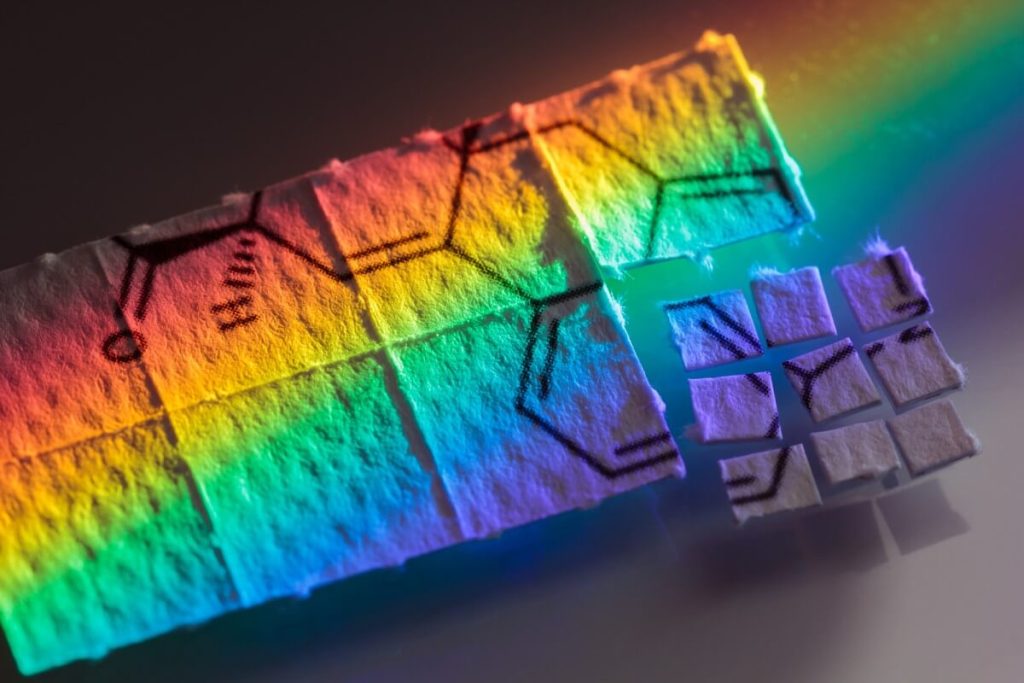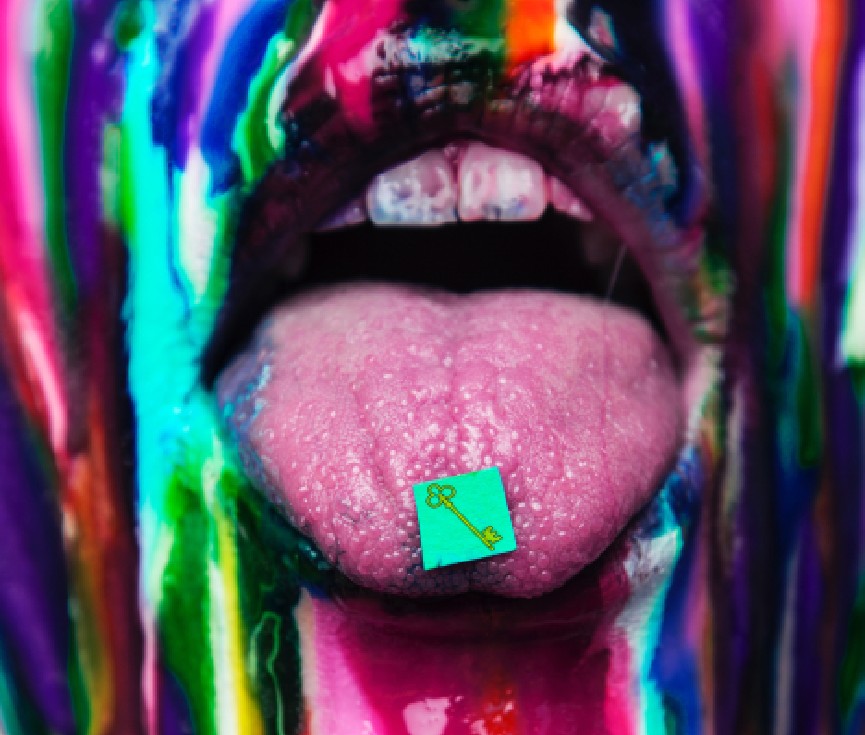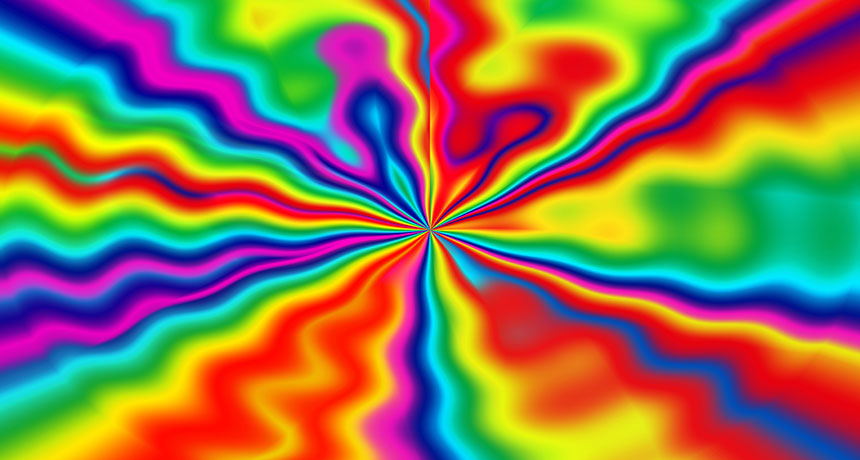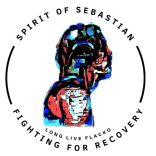LSD.
LSD is one of the most potent, mood-changing chemicals. It is manufactured from lysergic acid, which is found in the ergot fungus that grows on rye and other grains.
It is produced in crystal form in illegal laboratories, mainly in the United States.
These crystals are converted to a liquid for distribution. It is odorless, colorless, and has a slightly bitter taste.
Known as “acid” and by many other names, LSD is sold on the street in small tablets (“microdots”), capsules or gelatin squares (“window panes”). It is sometimes added to absorbent paper, which is then divided into small squares.
decorated with designs or cartoon characters (“loony toons”). Occasionally it is sold in liquid form. But no matter what form it comes in, LSD leads the user to the same place–a serious disconnection from reality.
LSD users call an LSD experience a “trip,” typically lasting 12 hours or so. When things go wrong, which often happens, it is called a “bad trip,” another name for a living hell.

What are the risks of LSD ?
The effects of LSD are unpredictable. They depend on the amount taken, the person’s
mood and personality, and the surroundings in which the drug is used. It is a roll of the dice-a racing, distorted high or a severe, paranoid* low.
Normally, the first effects of LSD are experienced 30 to 90 minutes after taking the drug. Often, the pupils become dilated. The body temperature can become higher or lower, while the blood pressure and heart rate either increase or decrease.
Sweating or chills are not uncommon.
LSD users often experience loss of appetite, sleeplessness, dry mouth and tremors.
Visual changes are among the more common effects–the user can become fixated on the intensity of certain colors.
Extreme changes in mood, anywhere from a spaced-out “bliss” to intense terror, are also experienced. The worst part is that the LSD user is unable to tell which sensations are created by the drug and which are part of reality.
Some LSD users experience an intense bliss they mistake for “enlightenment.”

Not only do they disassociate from their usual activities in life, but they also feel the urge to keep taking more of the drug in order to re-experience the same sensation. Others experience severe, terrifying thoughts and feelings, fear of losing control, fear of insanity and death, and despair while using LSD. Once it starts, there is often no stopping a “bad trip,” which can go on for up to 12 hours. In fact, some people never recover from an acid-induced psychosis.
Taken in a large enough dose, LSD produces delusions and visual hallucinations. The user’s sense of time and self changes. Sizes and shapes of objects become distorted, as do movements, colors and sounds. Even one’s sense of touch and the normal bodily sensations turn into something strange and bizarre. Sensations may seem to “cross over, giving the user the feeling of hearing colors and seeing sounds. These changes can be frightening and can cause panic.
The ability to make sensible judgments and see common dangers is impaired. An LSD user might try to step out a window to get a “closer look” at the ground. He might consider it fun to admire the sunset, blissfully unaware that he is standing in the middle of a busy intersection.
Many LSD users expérience flashbacks, or a recurrence of the LSD trip, often without warning, long after taking LSD.
Bad trips and flashbacks are only part of the risks of LSD use. LSD users may manifest relatively long-lasting psychoses or severe depression.
Because LSD accumulates in the body, users develop a tolerance for the drug. In other words, some repeat users have to take it in increasingly higher doses to achieve a
“high.” This increases the physical effects and also the risk of a bad trip that could cause psychosis.
PHYSICAL EFFECTS
• Dilated pupils
• Higher or lower body temperature
• Sweating or chills (“goose bumps”)
• Loss of appetite
• Sleeplessness
• Dry mouth
• Tremors

